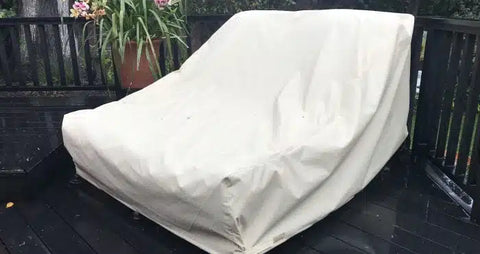Tsunamis are among the most destructive natural disasters, capable of flooding homes, destroying furniture, and washing away entire communities. While nothing can make a home completely tsunami-proof, there are important steps you can take to minimize damage and protect your belongings if you live in a tsunami-prone area.
1. Know Your Risk and Plan Ahead
Before anything else, know whether your home is in a tsunami hazard zone. Check local emergency maps or contact your city or coastal management office. If you are in a risk area:
-
Create a tsunami evacuation plan for your family.
-
Keep a go-bag with essentials like documents, cash, medications, and first aid.
-
Take photos of your home and valuables for insurance documentation.
2. Elevate and Anchor Furniture
Since tsunamis bring powerful floodwaters, elevating and securing furniture can reduce loss:
-
Elevate heavy furniture such as couches, beds, and cabinets on raised platforms or concrete blocks.
-
Use furniture anchors or brackets to attach bookshelves and appliances to walls.
-
Store electronics and important items on higher shelves or in upper floors if available.
3. Choose Water-Resistant Materials
In tsunami zones, choose furniture that’s more resilient to water:
-
Use furniture made of metal, resin, or treated wood—these resist water damage better than untreated wood or upholstered pieces.
-
Avoid placing valuable rugs or upholstered furniture on the ground floor.
-
Protect wood furniture with waterproof coatings or sealants.
4. Secure Utilities and Prevent Fires
Floods caused by tsunamis can break gas lines and short-circuit wiring:
-
Install backflow valves to prevent sewage from backing up into your home.
-
Turn off gas, electricity, and water before evacuating if possible.
-
Raise electrical outlets and fuse boxes above potential flood levels.
5. Use Waterproof Storage
Store valuable documents, photos, and small electronics in:
-
Waterproof, airtight containers
-
High-mounted cabinets or shelves
-
Fire- and water-resistant safes
6. Protect the Home Structure
While retrofitting a house for a tsunami is expensive, some improvements help:
-
Build or renovate using flood-resistant materials for walls and floors.
-
Add vents or openings in the foundation to let water flow through and reduce pressure.
-
Consider elevating the entire structure, especially in low-lying coastal areas.
7. After the Tsunami: Salvage and Clean Quickly
If your home is affected:
-
Do not return until authorities declare it safe.
-
Take photos of damage for insurance claims.
-
Remove wet furniture and carpets quickly to prevent mold.
-
Disinfect surfaces with bleach-based cleaners.
Final Tip: Insurance Matters
Make sure your home insurance includes tsunami or flood coverage. Regular homeowner's insurance typically does not cover damage from tsunamis or flooding.




Comentarios (0)
No hay comentarios todavía. Sé el primero en comentar.